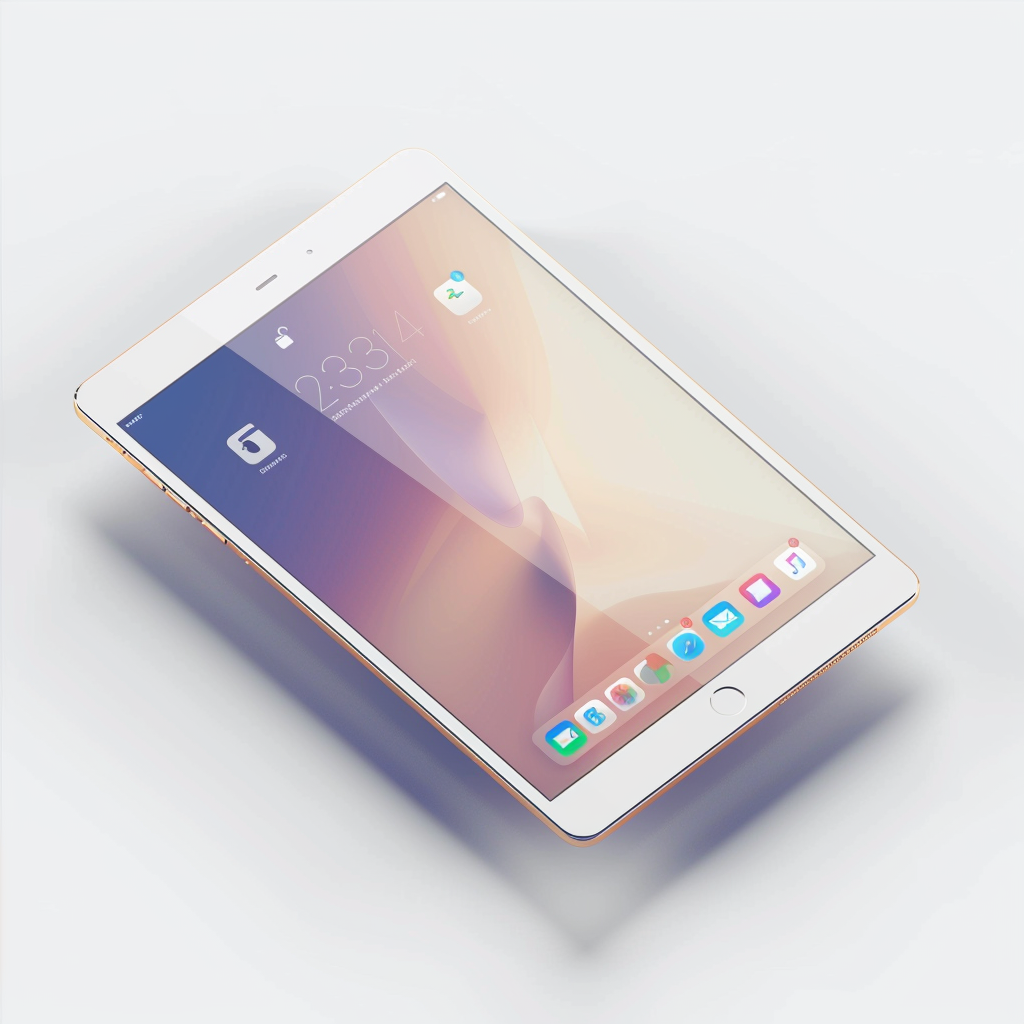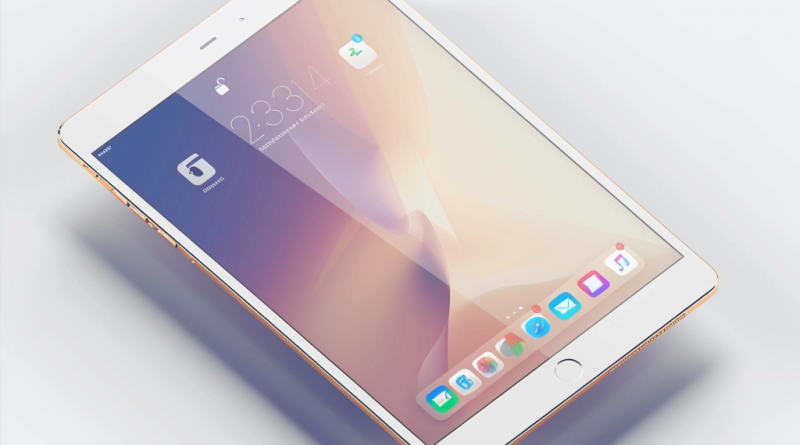Matterport: Should I Use iPhone Instead of iPad?
For some background, I’ve been using a first generation iPad Pro with my Matterport Pro 2 camera since 2020. The regular iPad doesn’t work with Matterport, for whatever reason, so you need the Pro. But even before it was getting on toward nine years in age (!), the Pro had neither the greatest battery life, nor the best cameras. So, it was hard to use for larger shoots or shoots where I had to take a lot of reference photos (this can obviously be done with a phone, too!). In an interest in returning to the Apple ecosystem of technology following about ten straight years with Android, and also thinking about the potential of using the iPhone with Matterport instead of having to upgrade my iPad, I upgraded my phone to an iPhone 15 Pro.
In general, I like the iPhone 15 Pro better than the Pixel 6, which was a garbage quality phone with garbage tech support. T-Mobile ended up having to replace my Pixel 6 under warranty. Twice. I lost hours of my life on the phone with tech support, and Google was no help. The iPhone 15 Pro has great battery life and I enjoy modern technologies like AirDrop (which there is an Android equivalent of that doesn’t work very well). The ability to sync data to iCloud nearly instantaneously instead of having to wait twenty-four hours for upload to Google Drive was a big sell (Google Drive’s interoperability even with Google’s own phone is absolute hot garbage for reasons unbeknownst to both me and to Google’s tech support).
Anyway, does the phone solve all of the problems of the Matterport?
Not exactly, but it’s a great interim solution if you’re not doing Matterport all day every day. Here’s what I found!

iPhone: Faster for Matterport, But A Huge Battery Drain
Upgrading to a phone that is nine years newer than my iPad Pro, I immediately noticed a night-and-day difference in speed. The Matterport is reasonably foolproof, but speed is a problem especially as Matterport spaces become much larger or more complex– it can take a long time for scans to align (most of this is done on the iPad or iPhone before the files get uploaded to the Matterport servers). The iPhone 15 Pro, in comparison, aligned even complex scans of large spaces in seconds. This is amazing. It’s also great given that buying a separate iPad Pro would cost me a thousand-some dollars on top of the several hundred dollars I had to spend on the iPhone (even with a T-Mobile “sorry the phones we sell you never actually work and we are unable to explain why” discount).
So, saving the bucks is good.
But there are tradeoffs. One is battery life. For the JXTA shoot, I went through almost two full battery cycles for only a few hundred scans (I worked 10am to 4pm with a long break for lunch). That’s absolutely nuts. I can get through most days without getting my battery to zero, and I’m a fairly avid phone user (n.b. “glued to it and desperately trying to be less focused on my phone”). Another tradeoff is that the iPhone must concentrate on Matterporting. Navigating away from the app while it is working in whatever way– aligning the scan after the actual scanning takes place, I assume- is a great recipe for errors. This is a software bug issue. I would only get scan alignment errors in perhaps one out of 50 or 100 scans on my iPad, but I get them about 1 in 20 on my iPhone, and I think this is because the phone is always doing other stuff. Just be mindful of this and it shouldn’t be a problem!
Conclusions
If you have the money to spend on an iPad Pro, do it. I personally do not, because I don’t make much money off Matterport these days, the hosting fees are exorbitant. If you don’t have the money, the iPhone will do a great job, just so long as you’re aware of the issue with battery life and aren’t worried about burning through a bazillion cycles (again, this is mostly an issue if you’re scanning all day every day, which I am not these days).
As always, get in touch if you’re interested in hiring me for this work!


